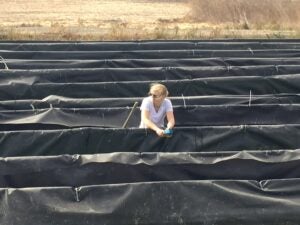Congrats to UC Davis PhD student Mel Johnson for leading our latest publication on flow virometry in wastewater monitoring, just published in Viruses!
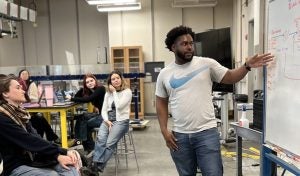
Mel’s research is part of a US EPA-sponsored study evaluating surrogate measures for viruses and virus removal in non-potable water reuse systems. He compared virus-like particle counts from flow virometry (FVM) with traditional coliphage cultures and PCR measurements for Pepper Mild Mottle Virus, CrAssphage, and Tomato Brown Rugose Fruit Virus—all at the UC Davis wastewater treatment plant. The article is part of a special issue, Flow Virometry: A New Tool for Studying Viruses.
Mel will present this research at the Association of Environmental Engineering & Science Professors (AEESP) Research & Education Conference in May 2025.
In addition to researching viruses in wastewater, you can find Mel leading Society of Water & Environmental Graduate Students (SWEGS) at UC Davis as President, and teaching students in our capstone design class about wastewater treatment, resource recovery, and solids management.
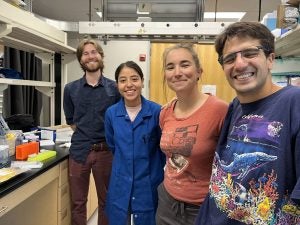
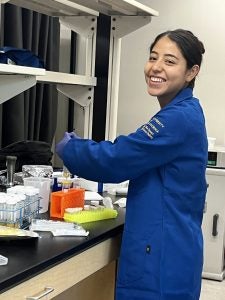
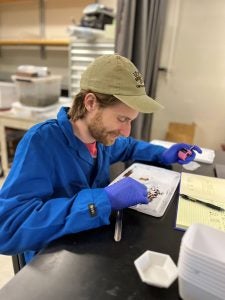
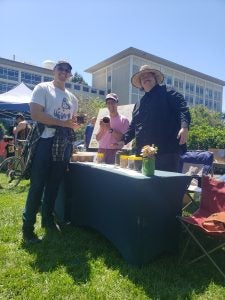
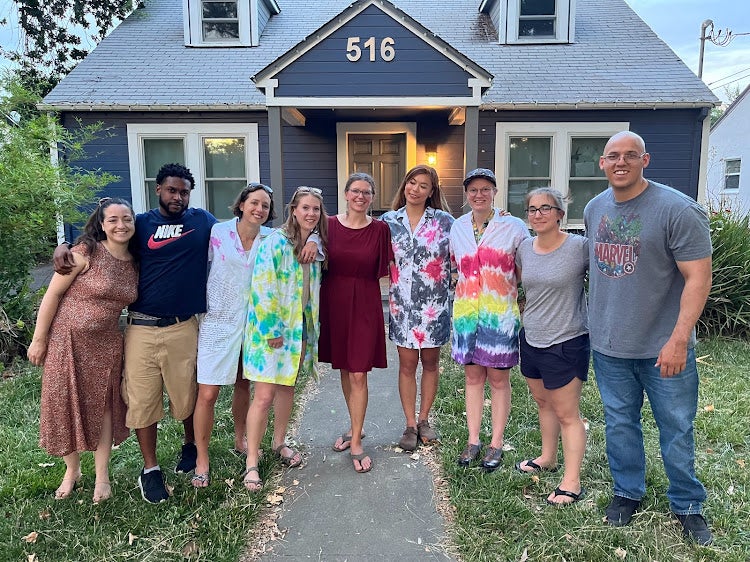 We celebrated PhD graduations for Madison, Wenting, Olivia and Hannah and MS graduation for Linnea this week! Congratulations to this awesome team 🙂
We celebrated PhD graduations for Madison, Wenting, Olivia and Hannah and MS graduation for Linnea this week! Congratulations to this awesome team 🙂
